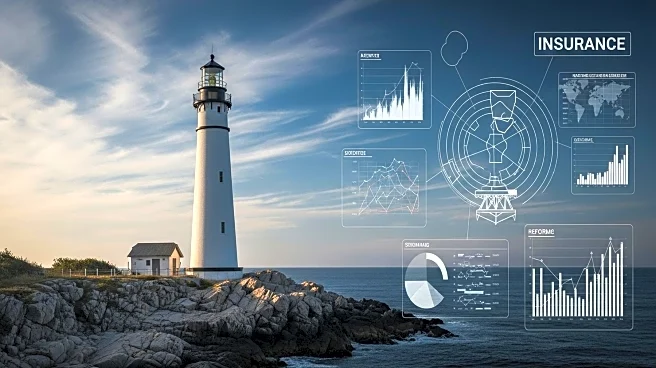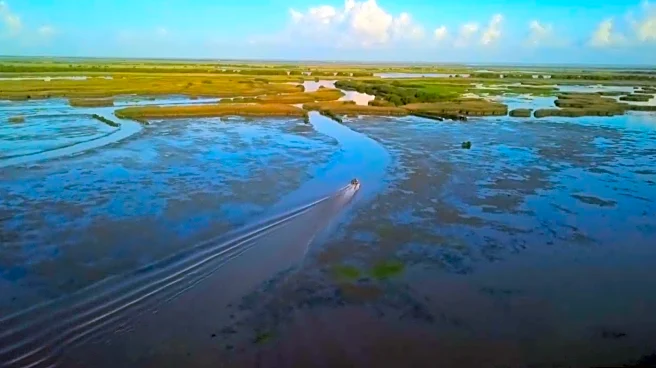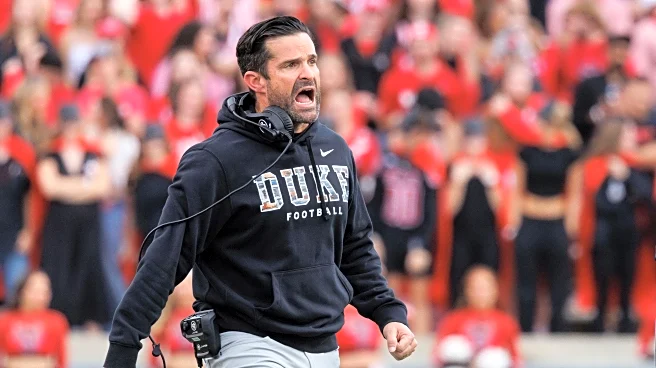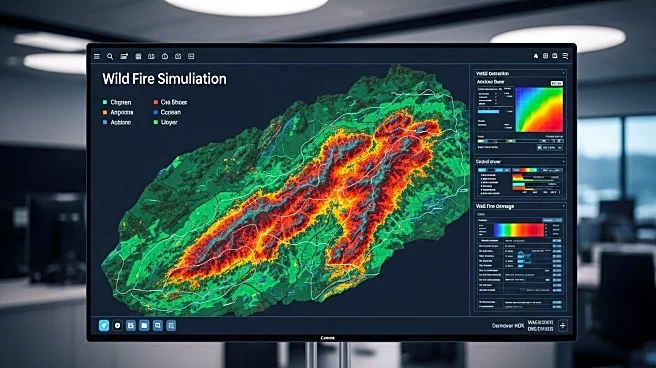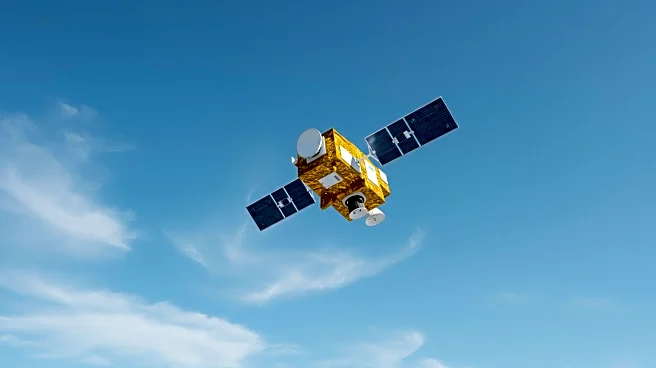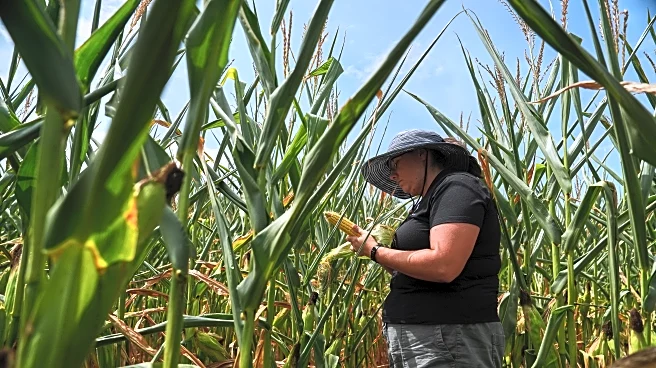Rapid Read • 7 min read
Twenty years after Hurricane Katrina devastated parts of Louisiana and Mississippi, the property insurance sector has significantly improved its preparedness for catastrophic storms. Industry leaders highlight advancements in insurance policy language, hurricane-loss models, and flood and wind mitigation efforts. The storm exposed weaknesses in exposure data quality, prompting insurers to adopt high-resolution imaging and data for better risk assessment. Despite these improvements, rising sea levels and increased storm intensity continue to pose challenges. The insurance industry has also seen changes in building codes and litigation practices, aiming to reduce ambiguity in policy language and enhance resilience against future disasters.
AD
The advancements in hurricane-loss modeling and mitigation efforts are crucial for the insurance industry, which faces increasing risks from stronger storms and rising sea levels. Improved data quality and modeling techniques help insurers better estimate potential losses, protecting both the industry and policyholders. The adoption of stronger building codes and wind-mitigation programs enhances community resilience, potentially reducing the financial impact of future hurricanes. However, the ongoing threat of climate change and coastal development underscores the need for continued innovation and adaptation in the insurance sector to safeguard against catastrophic losses.
The insurance industry is expected to continue refining its models and mitigation strategies to address the evolving risks posed by climate change. As property values rise and coastal development expands, insurers may face greater challenges in managing exposure and pricing premiums. The focus will likely remain on enhancing data quality and resilience measures, while addressing the potential for multiple intense storms in a single year. Stakeholders, including government agencies and community leaders, may need to collaborate on further infrastructure improvements and policy reforms to mitigate future risks.
AD
More Stories You Might Enjoy
